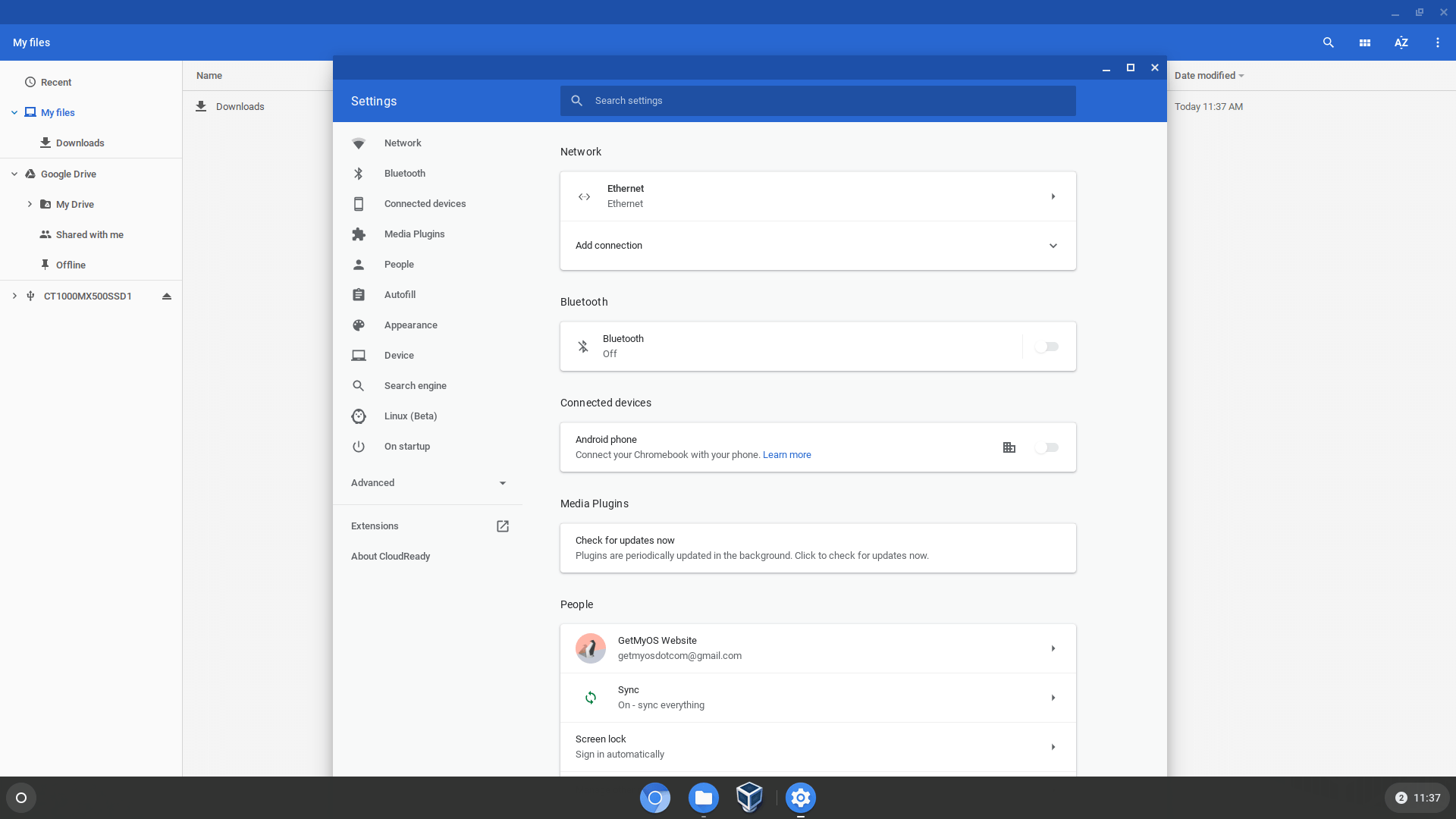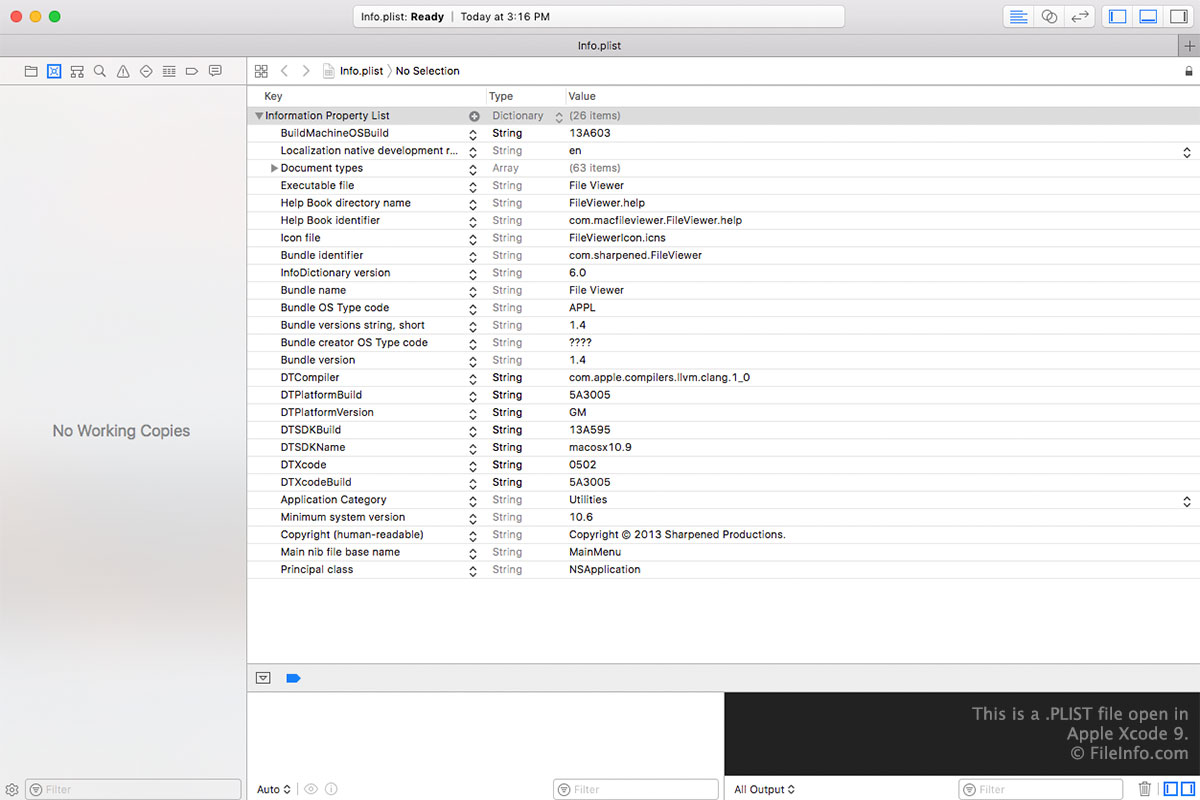
This BIN File Opener software is primarily used to convert image formats from one into another. But it can also be used to open and extract BIN files as well. In the first tab, which says file extract/convert to ISO, browse for your BIN file on the source image/archive file text field.
Finder on Mac is one of the most comfortable ways to get around your Mac and navigate through files and folders. Besides the essential functions that you see in the Finder, there are specific handy tools that can ease your file and folder navigation further.
That’s precisely what we are going to discuss today. We will explain how to reveal file path in the Finder on Mac to know the exact location of a file or folder that you are viewing currently (If you wish to copy file/folder path from Mac finder, jump here.) The process is quite simple and will take little more than a couple of steps. To make it even simpler, we have prepared the guide with steps and images to help you out, cruise around.
How to Show File Path in Finder on Mac
Step #1. Open the Finder first.
Step #2. Now from the Finder menu at the top, click on View.
Step #3. All you need to do now is to click on “Show Path Bar.”
Now you can see a small bar pops-up at the bottom of the Finder.
Step #4. To make sure everything was done right, navigate through different folders and notice the path being displayed in that bar.


If you ever wish to hide the path again, Simply click on “Hide Path Bar.”
View Full File Path in Finder on Mac Using Keyobard Shortcut
Viewing a File path is even more easy using a Keyboard shortcut. Open Finder → Use the combination of Option(⌥) + Command(⌘) + P.
That’s all for now!
Signing off
This feature didn’t need any technical know-how, and it should have been available to all Mac users by default instead of manually doing it. But maybe Apple had some other thoughts on it. Now that you know it, make sure you use it and reduce the stress of memorizing file path.
You may like to refer:
Should you have any issue following this guide, make sure you comment below or get in touch with us.
Close Mac Open Files
Jignesh Padhiyar is the co-founder of iGeeksBlog.com who has a keen eye for news, rumors and all the unusual stuff that happens around Apple products. During his tight schedule, Jignesh finds some moments of respite to share side-splitting contents on social media.
- https://www.igeeksblog.com/author/iosblogger/
- https://www.igeeksblog.com/author/iosblogger/How to Share Purchased Apps Between iPhones and iPads
- https://www.igeeksblog.com/author/iosblogger/
- https://www.igeeksblog.com/author/iosblogger/
Files you download from the Internet are often compressed or zipped so that they take up less space and arrive much faster than files that haven’t been compressed. You can easily identify compressed files by their extensions, such as .zip (a common standard used in OS X and Windows) and .sit. Before you can use these files, you must learn how to unzip files on mac computers for proper access – luckily the process isn’t that complicated!
How to unzip files on mac computers
Unzipping a file on a mac computer is user-friendly and intuitive. To unzip files on a mac, simply follow the steps below:
- Double click the zipped file.
- The file will automatically be decompressed by Archive Utility into the same folder the compressed file is in.
- Access the extracted files by clicking the appropriate icons.
Open .bin File Mac
Alternatively, if the method above does not work, you can right-click on the .zip package, and select Open With > Archive Utility (default).
Apple and third party software
Apple used to include a program called StuffIt Expander to decompress zipped files, but doesn’t now that OS X lets you unzip files (but not .sit files). However, StuffIt from SmithMicro Software still comes in handy for opening other types of compressed files, notably the .sit or .sitx compressed types. Go to www.stuffit-expander.com or www.stuffit.com/mac/index.html to download a free version of the software or to splurge for the Deluxe version. In addition to compressing files, StuffIt Deluxe lets you encrypt and back up files.
Meanwhile, you can archive or create your own .zip files through OS X, which is useful if you’re e-mailing a number of meaty files to a friend. Right-click (or Ctrl-click) files you want to compress inside Finder and choose Compress Filename. The newly compressed files carry the .zip extension. The archive is created in the same location as the original file and is named originalfilename.zip. You can also choose File→Compress. If you compress a lot of files at once, the archive takes the name Archive.zip.
By default, compressed files are opened with the Archive Utility. It appears in the Dock (in Leopard) while the files are being unsqueezed, unless you choose to open them with Stuffit Expander or some other program.
How to zip files on a mac
On the flip side, you can also archive or create your own .zip files through OS X, which is useful if you’re e-mailing a number of meaty files to a client or friend. Follow the step-by-step instructions below to easily zip files on a mac:
- Right-click or Ctrl-click the multiple files you want to compress (whether on the desktop or inside the Finder).
- Select Compress Filename from the pop-up menu.
- The files are now compressed in a .zip extension and the archive is created in the same location as the original file name, except with the .zip appended to its name.
Open Bin File Download Free
On some Apple computers, you can also compress a file by simply choosing File→Compress. If you compress a lot of files at once, the archive takes the name Archive.zip.